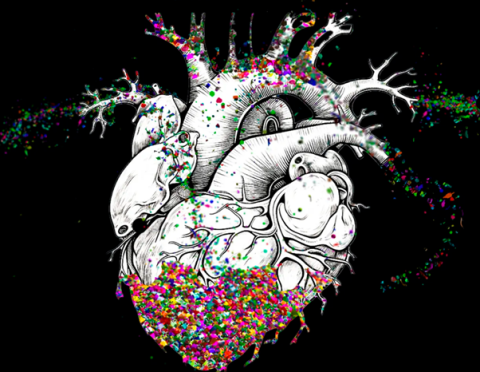Last week there was an interesting article in The Sydney Morning Herald about microplastics, and how they have been linked to heart attacks and strokes.
It was based on a small Italian study of 257 people with carotid artery disease, where fatty plaque deposits restrict blood flow to the brain. The study found microplastics in the plaques of 60 percent of the patients.
Three years after undergoing surgery, 20 per cent of the patients with microplastics in their arteries had died, or suffered a stroke or heart attack. Only 7.5 per cent of patients free from microplastics suffered the same fate.
Once the scientists controlled for other risk factors, they found that the people with microplastics in their arteries had four-and-a-half times greater risk of heart attack, stroke and death.
I had heard of the dangers of microplastics in the ocean and our waterways, but this is the first time I heard about the dangers of them in our bodies. Scientists have also found microplastics in our brains, lungs and placentas.
The key message is that we should minimise the use of plastic food and drink containers, and single use plastics, as much as possible. The age of the plastic containers could be an issue as well, it is possible that old plastic containers shed more microplastics than new plastic containers.
Like lots of people, we have been re-using plastic drink bottles and takeaway food containers for years - they are readily available, cheap and disposable - and we thought we were doing the right thing for the environment by reusing them. But from now on we'll avoid using plastic containers and use glass or metal bottles and containers as much as possible.
Considering the amount of artery clogging foods that we ingest, it makes sense not to make it worse by adding microplastics to the mix.
You can read the full article at this link: Microplastics and heart disease



